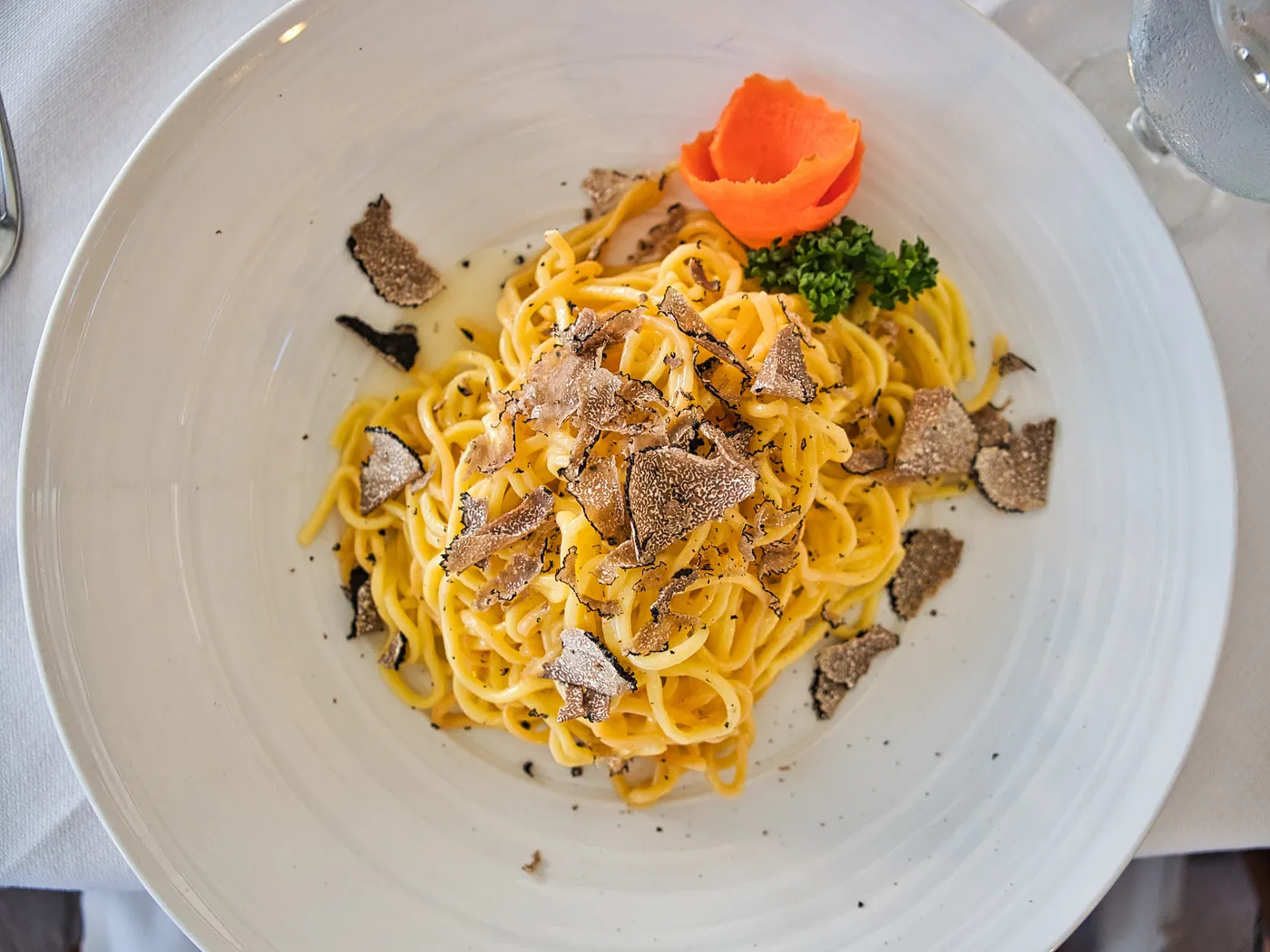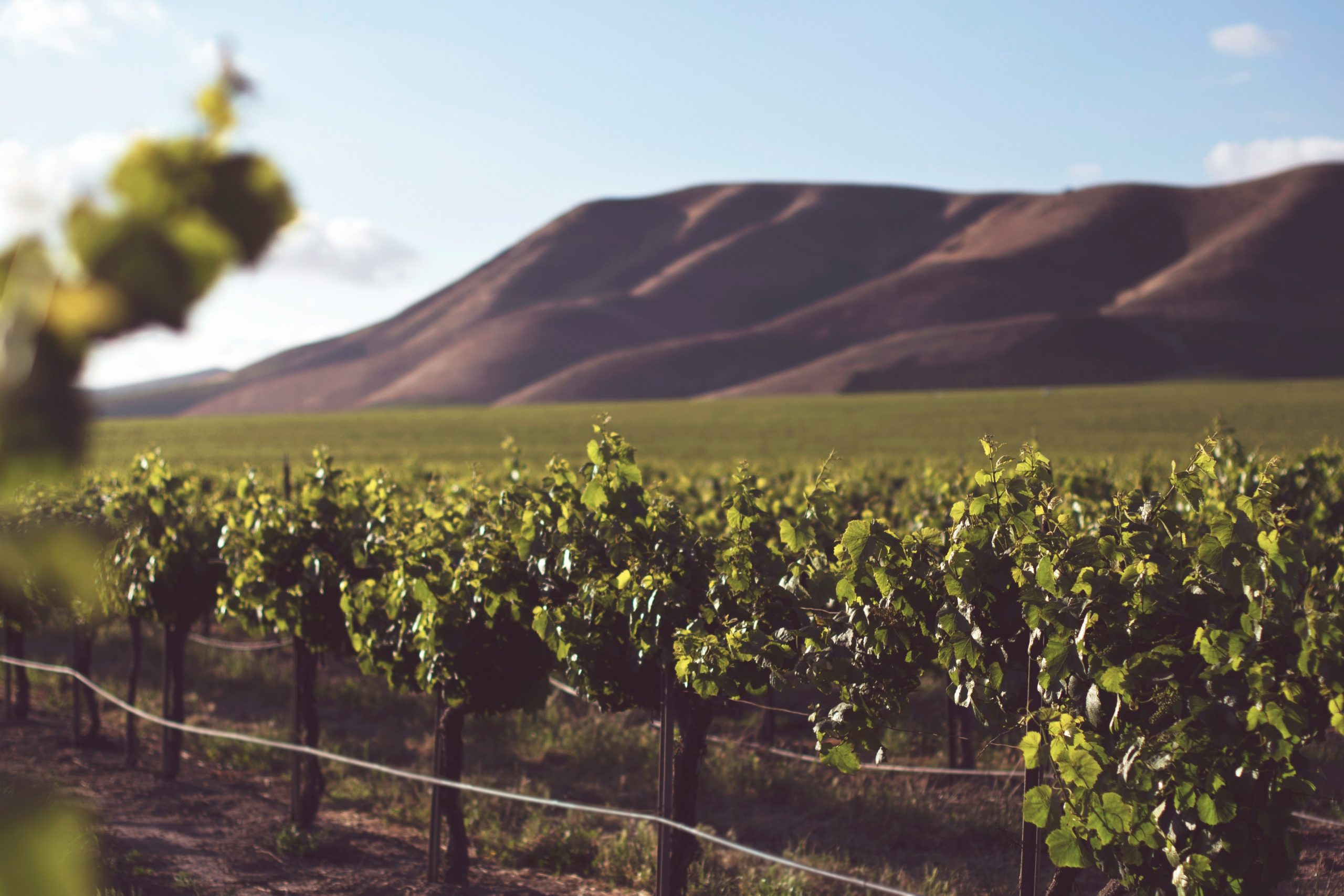
Digging into California’s truffle industry
Few delicacies say “fine dining” like truffles. Notoriously hard to harvest, these luxe fungi can cost thousands of dollars, making them some of the most expensive ingredients. (Like the world’s largest white truffle, which sold for a whopping $61,000 in 2014.)
Truffles are high maintenance. In addition to different truffles species needing their specific climates and trees (where they grow on the roots), they can take up to 20 years to develop. The mushrooms are also hard to find once they’re ready, so truffle hunters usually need a trained pig or dog to point them in the right direction. After all the harvesting work, truffles only stay fresh enough to eat for less than a week.
These hard conditions don’t just justify the high cost of truffles, they also make growing them in your own backyard a little more convenient–and profitable. Just ask farmers in California.
Where in the world are truffles?
Although truffles require a long list of specifics before they can make it to world-renowned restaurants, surprisingly they can grow in several areas. However, most culinary truffles come from Europe, including Italy’s coveted white truffle.
While Italy, France, and Spain still dominate the truffle market, countries like Australia (now the fourth-largest truffle industry in the world), New Zealand, and South Africa are harvesting their own pricey mushrooms. In the United States, California is on the same path.
Cultivating California truffles
It turns out California’s Wine Country isn’t just fertile grounds for pinot noir, merlot, and sauvignon blanc. The area is also home to the winter black truffle, which could go for up to $1,000 per pound. Although these fungi (also known as the Périgord truffle) are typically hard to grow, some lucky growers in Northern California are seeing small yearly harvests. Additionally, California’s largest truffière was recently planted in the region and there are even talks to reopen the California site where farmers found the country’s first black truffle.
Today’s Golden State growers can thank Jackson Family Wines founder Jess Jackson, who helped pioneer California’s black truffle market. In 2011, Jackson planted acres of trees, which became the site of a truffle harvest six years later. Jackson Family Wines is still harvesting black truffles today and has become a model for the rest of the Wine Country.
Homegrown truffles aren’t just great for the state’s agricultural industry, they’re also a more fresh and sustainable option for local restaurants. Because truffles lose their luster so quickly, importing these fungi from a different continent isn’t always the best option. With more harvests in the state, California chefs have better access to newly harvested truffles–like the Bay Area restaurants that receive Jackson Family Wines’ annual truffle yield.
The future of California’s truffle market
While it can take huge time and monetary investments to harvest truffles, the undertaking might be worth it for some Northern California growers.
By 2025, the country’s truffle market is projected to grow by $235.23 million, and globally the market will increase by $309.72 million by 2027. More chefs are now using truffles in their fine dining restaurants, which is expected to help expand this luxury market.
Locally grown truffles can be a game changer for California Wine Country’s culinary scene, but it may be a while before it comes to fruition. Like growing a truffle, growing an industry that can compete with France or Italy may take decades.



